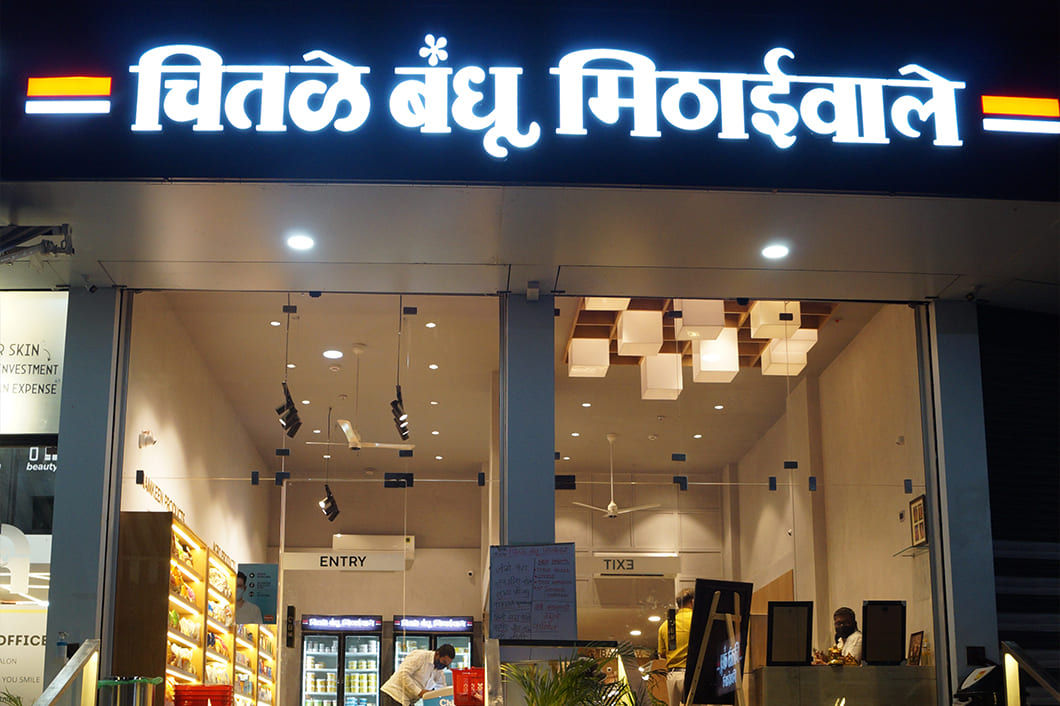Understanding the Importance of Collaboration
Collaboration is not a phenomenon that has become fashionable in the present-day working environment. During teamwork, it is said that when persons combine their abilities, they put together their strengths hence enhancing more innovation on problems.
This setup engulfs trust and nurtures the creative impulses of the employees to yield an overall increase in production. The study also reveals that organizations that foster cooperation among employees have their performance levels up by approximately 29%.
Key Elements of Collaborative Office Design
Creating an interaction-friendly office environment is a lot more than simply arranging some working tables. This is because it entails relevant steps and several components that foster teamwork.
Open Spaces and Flexible Layouts
Offices with open-space designs are more suitable for organizations and businesses in the contemporary world. They encourage communication and help in casual contact since team members can visit each other easily.
Flexibility in the division layout means that few changes are required to alter its setup or the design to satisfy the requirements of the project.
Collaborative Zones
The next level of importance is having a collaborative zone. These areas can also comprise seating areas that resemble a lounge or simple square-topped low tables with writing boards. The fundamental idea is to create a difference in the physical environment that supports casual and impromptu conversation.
Meeting Rooms
Combining the formal aesthetics—there can be an impressive glaze meeting room for teamwork—opting for cozy corners—opting for an individual meeting suite—enables group members to work most comfortably.
Must Read: Furniture Trends in Home Offices: Blending Style with Functionality
Breakout Spaces
It is also important to create standalone spaces for employees that should be located in different areas. Such places make one productive, as they make it easier to come up with ideas rather than being stuck with desk work.
Imagines spaces that effectively create a pop of visibility, such as areas where collaborative groups can take a break and take a cup of coffee, get creative, and design in a casual environment.
Project Rooms
Flexible project workspaces allow teams to have a more or less permanent place in the office but are only designed for project-level work. Make sure to supply them with all the resources that will help them be organized like boards to manage projects, sticky notes, and computers.
Technology Integration
Employment of technology in the work setting is one of the things that are mandatory in the current society. Promote the utility of fashionable office interactive screens, provisions for video conferences, and software for group collaborations that allow people to work effectively despite geographical separation.
Ergonomic and Comfortable Furniture
Many times, comfort accompanies collaboration. Equip the working environment with ergonomic furniture that encourages appropriate posture as well as interaction. Other furniture with flexibility in positioning also supports mobility – right from the working setup, changing position at least once in a day.
Acoustic Considerations
This is also important to consider about sounds. It may be difficult for people to work in an open area as this can easily lead to distractions.
Imagine having acoustic panels or sound absorption materials come in handy when creating areas that may need to provide the occupants with a quiet environment when they want to concentrate.
Daylighting and Biophilia
Lighting in particular plays a critical role in influencing the mood and consequently the performance of people in that room. Make sure that your commercial interior design will allow access to windows and incorporation of outside views.
Practical Tips for Designing Collaborative Spaces
Involve Employees in the Design Process
It is always nice to design, develop, and implement solutions that focus on the users. Encourage employee participation in decision-making processes regarding the design of the office environment.
Create a variety of spaces
Everyone cannot sit in a single place, to illustrate how collaborative spaces are hence unique! Offering both the formality of a conference room and relaxation of a game room ensures that the areas are created to accommodate the needs of the employees whether they need a quiet, serious room or if they need a more friendly, casual space.
Promote Flexibility and Mobility
It is recommended to state that the teams should change their positions within the work area. Movable furniture for a change of space can create a more relaxed environment that encourages creative discussions and the generating of new ideas. In this case, enough evidence proves that the option to select their environment causes teams to remain engaged.
Foster a culture of openness and trust
Physical space is only part of the equation. Building a culture where collaboration is valued requires an open mindset. Encourage vulnerability and trust among team members—ultimately, people need to feel secure sharing their ideas without fear of judgment.
Regularly Evaluate and Adjust
Office needs evolve hence workspace will periodically allow constant checking of the effectiveness of the workspace. Perhaps there could be a record keeping of the collaborative structures and procedures within a given semester or for half of the year?
Conclusion
Emphasizing the collaborative spirit and designing an office environment that supports collaboration not only increases ideas per worker but also establishes that people who work within an office are part of the same team.
When redesigning your office, think of such architectural features as ways to foster collaboration. It’s time that we take our first steps toward creating a more effective and efficient workplace ecosystem.
Must Read: How To Do Office Interior Design and Planning




